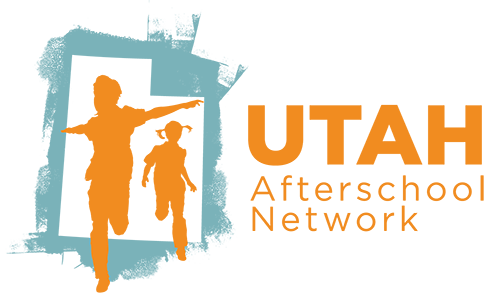Wondering where to start? Download our user guide for step-by-step instructions.
Create an assessment team. This could be comprised of site coordinators, direct service staff, and other staff who actively work in the program. The Quality Tool should not be completed by administration, who do not work in the program, or filled out by one single person. Use this Program Review Team Worksheet to help you select individuals to participate in your Quality Tool team.
Divide the Quality Tool sections out amongst members of your assessment team so that each can do observations for at least one section.
Schedule a date and time for all 5 Quality Tool section assessments to be completed and a time to review notes as a team.
When reviewing notes taken on the Quality Tool as a team, come to a consensus on scores and areas for improvement for each section. Determine goals for each section.
Let's begin! Download each section of the tool and distribute it to your review team. *Revised 10/30/2023
Area 1: Continuous Quality Improvement
Having systems in place to assess quality, establish meaningful and intentional goals around improvement, and implementation of the goals is essential to continuous quality improvement.
All program growth and development begins with program safety. Ensuring safety measures are in place and practiced, protects our youths' well-being and promotes positive youth experiences.
Area 3:Develop Meaningful Relationships
Once you have created an environment that is safe for youth, you are ready to begin building valuable relationships. These indicators will guide you in building strong relationships with youth, staff, families, and community partners.
As a supplemental piece to Develop Meaningful Relationships, we recommend examining your alignment strengths and possible weaknesses with school-day partners with the Align for Success Self-Assessment Rubric. This tool will help you identify your current school day and afterschool school alignment needs.
After you’ve established a safe environment and have practices in place to build trusting relationships, assess the intentionality of the activities you offer. Utilizing best practices in providing supportive learning environments will help youth learning and assure that youth are reaping the intended benefits of your offerings.
In addition to implementing best practices around safety, relationships, and learning environments, programs that have clear methods to communicate organizational missions, objectives, and goals, as well as having systems in place to support data collection, outcome reporting, and that effective internal policies will have a foundation in place for continued growth and sustainability.
